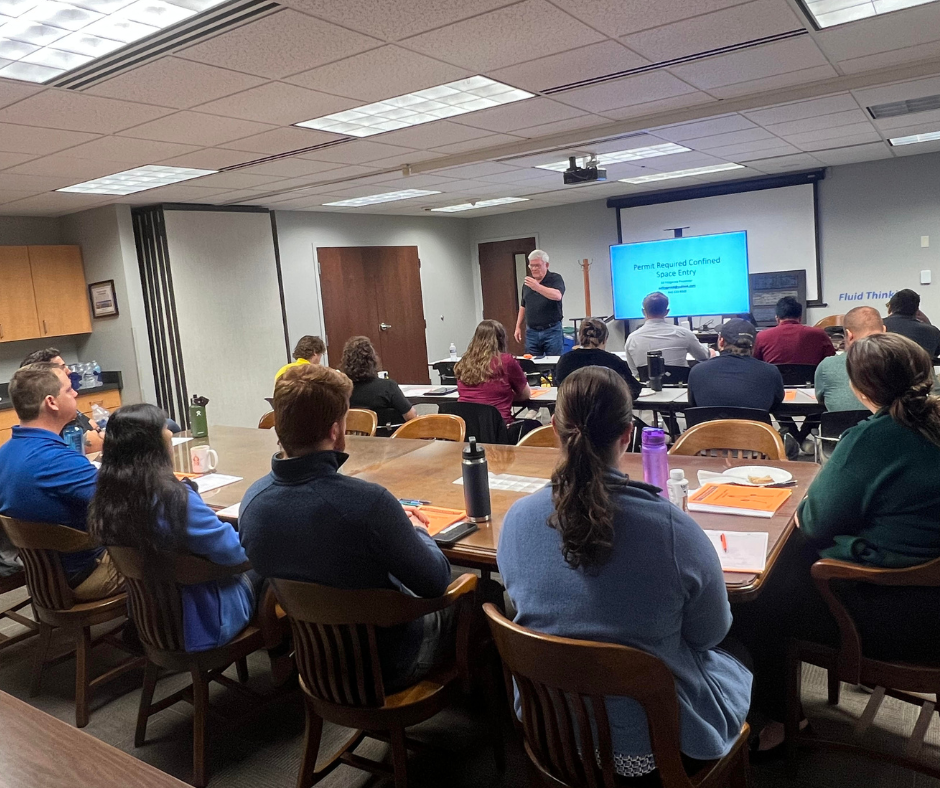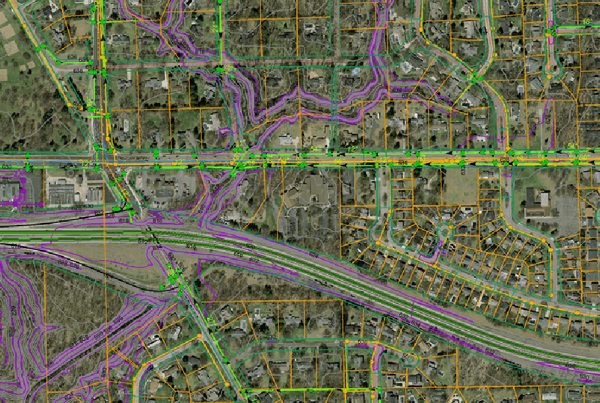
Confined space hazard training isn’t just a regulatory obligation—it’s a commitment to safety.
Tight spaces can often feel uncomfortable and, at times, downright claustrophobic. However, in certain job environments, these spaces can pose serious risks to safety. Whether you’re working in vaults, tanks, storage bins, or home crawl spaces, understanding and mitigating confined space hazards is crucial for your well-being.
What Are Confined Spaces?
The Occupational Safety and Health Administration (OSHA) defines a confined space as having specific characteristics:
- Spaces not designed for continuous employee work
- Spaces not necessarily intended for human occupancy, although people may enter it to perform tasks
- Spaces with restricted entry or exit
- Spaces that provide enough room for a person to enter and conduct work
While these spaces can be tricky to navigate, OSHA highlights an even more hazardous category known as permit-required confined spaces. These areas present potentially hazardous atmospheric conditions, risks of entrapment or asphyxiation, materials that could engulf a person, or other recognized health or safety hazards.
For environments categorized as permit-required, OSHA mandates strict monitoring and defines that only authorized personnel with permits are allowed entry, underscoring the importance of having a comprehensive confined space permit system in place.
The Importance of Training
Confined space entry training equips employees with crucial knowledge and awareness that can help reduce injuries and ensure safe navigation in these tight environments.
Individuals who operate in confined spaces must undergo thorough training. OSHA distinguishes requirements for construction and general industry workers, which include:
- Workers who enter confined spaces to perform tasks.
- Attendants monitoring the spaces.
- Members of entry and rescue teams.
- Supervisors overseeing safety protocols.
Each of these roles has specific responsibilities for managing the risks associated with confined spaces. It’s vital to remember that not just construction workers need this training; many professionals, including law enforcement officers and emergency responders, may need access to these areas in the event of emergencies.
Training Requirements
OSHA mandates that all personnel working in and around confined spaces must complete a training course before they begin their job duties. This requirement covers both permit and non-permit space workers.
Additionally, further training can be required when an employee shows skill deficits that affect job performance, when the nature of the employee’s job changes, if new hazards emerge, or when the environments or spaces themselves change.
Employers are also responsible for maintaining detailed records of these training sessions.
Confined spaces require careful attention and respect. Investing in confined space hazard training isn’t just a regulatory obligation—it’s a commitment to safety that can save lives.

Jones & Henry team members from Toledo, Kalamazoo. and Fort Wayne attend OSHA confined space entry training.

Benchmark 21
One of our culture benchmarks is to take care of your physical and mental self.




